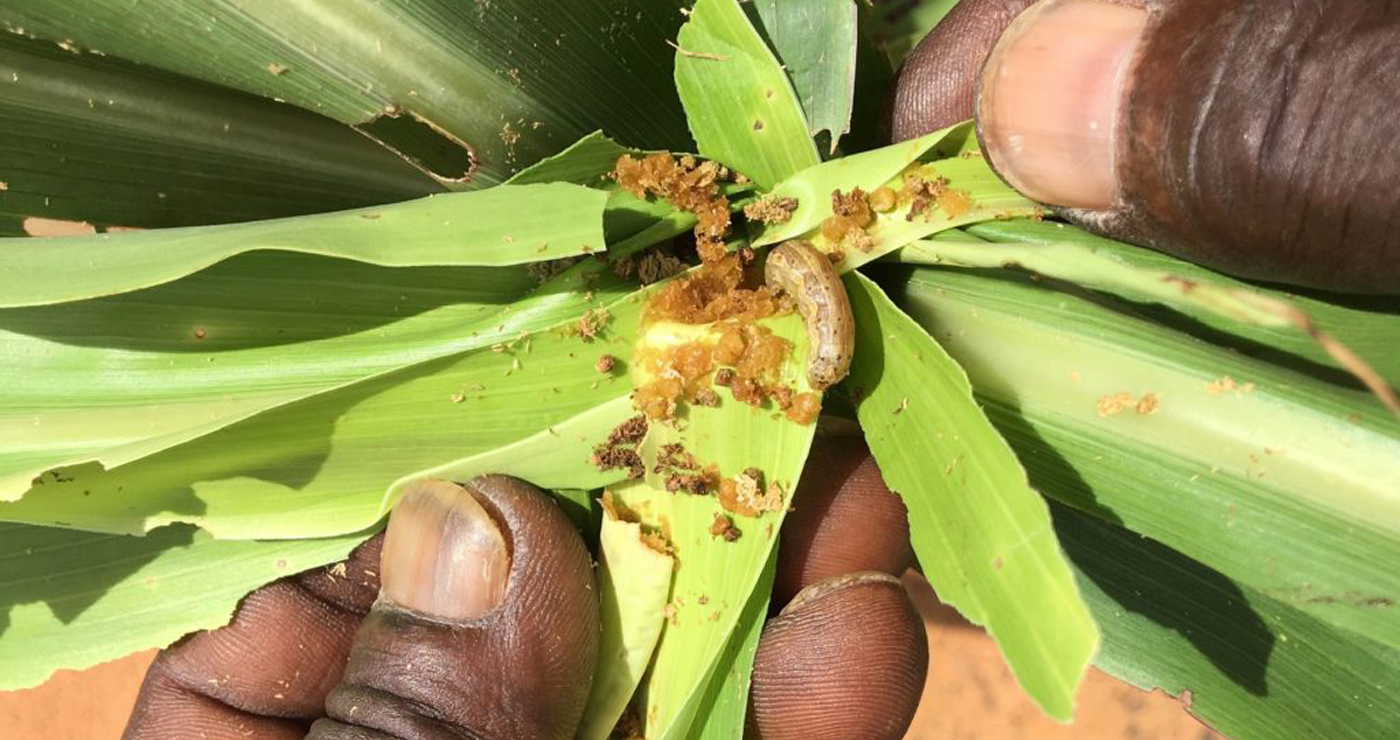Can we beat the fall armyworm with lessons from India’s groundnut battle of the 80s?
- From
-
Published on
25.01.19
- Impact Area

In the mid-80s, scientists battling the pest Spolit (Spodoptera litura) in India chanced upon an unsprayed groundnut field where the invading moth’s eggs were shredded. A closer look revealed ladybugs as the predators. This finding led to a natural pest management approach which could have lessons for the ongoing battle against the Fall Armyworm (FAW).
Spodoptera frugiperda (FAW), a distant cousin of Spolit, has been laying waste to maize fields in Africa from 2016. Since then, FAW’s presence has been confirmed across the globe, including in India. An equal number of other plant species including sorghum, rice, sugarcane and cotton, are also now known to be susceptible, the Centre for Agriculture and Bioscience International (CABI), states. Nearly two dozen international organizations
have joined hands to combat FAW.
Related news
-

Australia partners with International Livestock Research Institute to upskill researchers from Africa and Asia
International Livestock Research Institute (ILRI)13.11.25-
Food security
-
Poverty reduction, livelihoods & jobs
Australia has joined forces with the International Livestock Research Institute (ILRI) to support th…
Read more -
-

Next-gen rice lines top check varieties at 7.5 t/ha in ESA
International Rice Research Institute (IRRI)11.11.25-
Food security
MOROGORO, Tanzania (8 October 2025) — Elite rice lines are outperforming the current popular varie…
Read more -
-

QTL Profiling Now Live on EBS
International Rice Research Institute (IRRI)11.11.25-
Food security
QTL profiling is now integrated into the EBS Platform’s MDA module. Teams across CGIAR research…
Read more -
